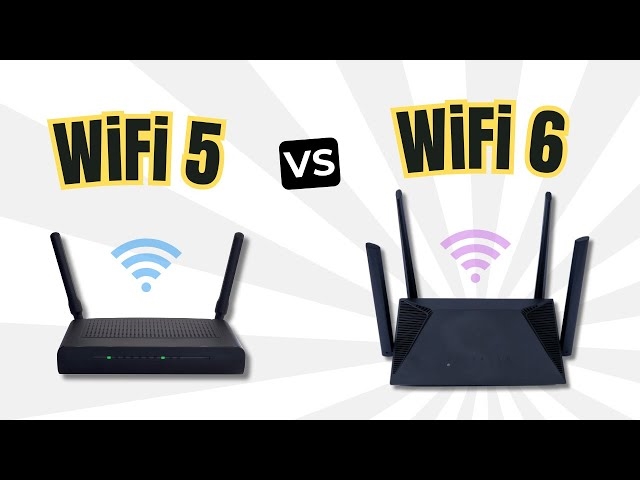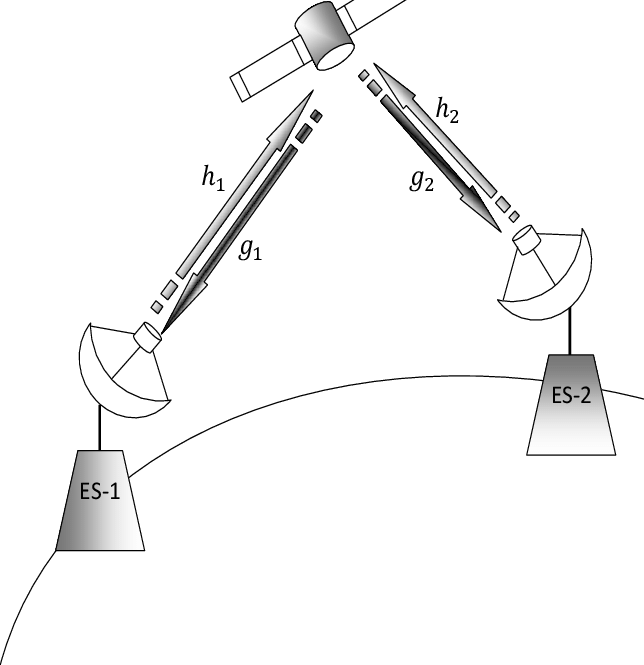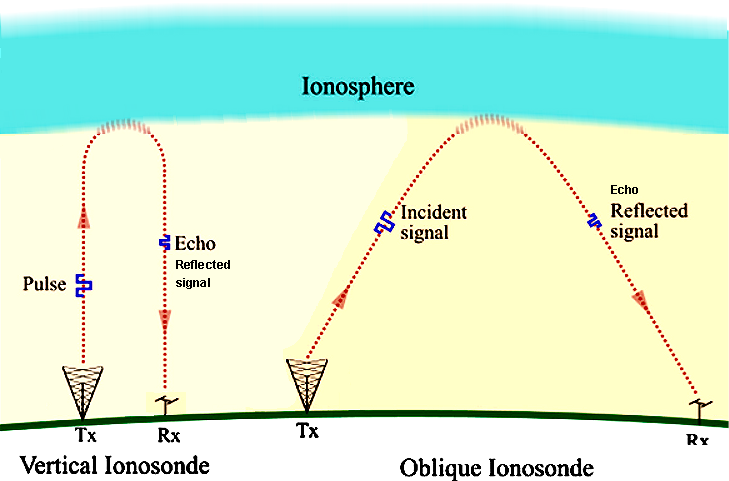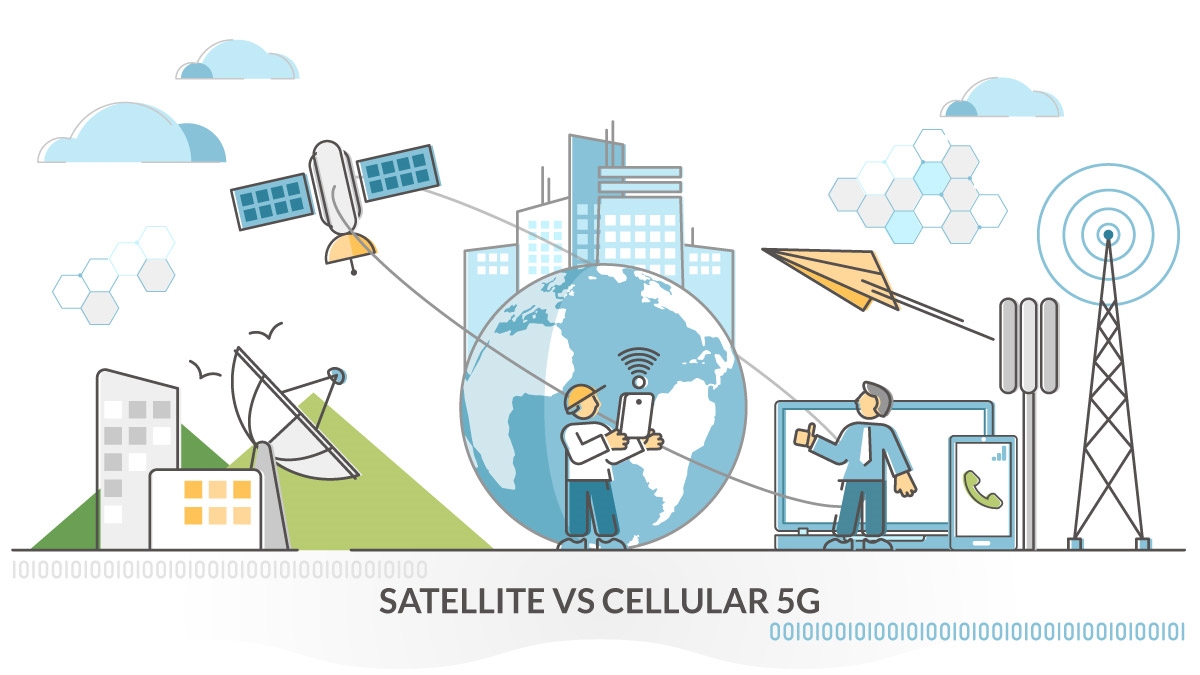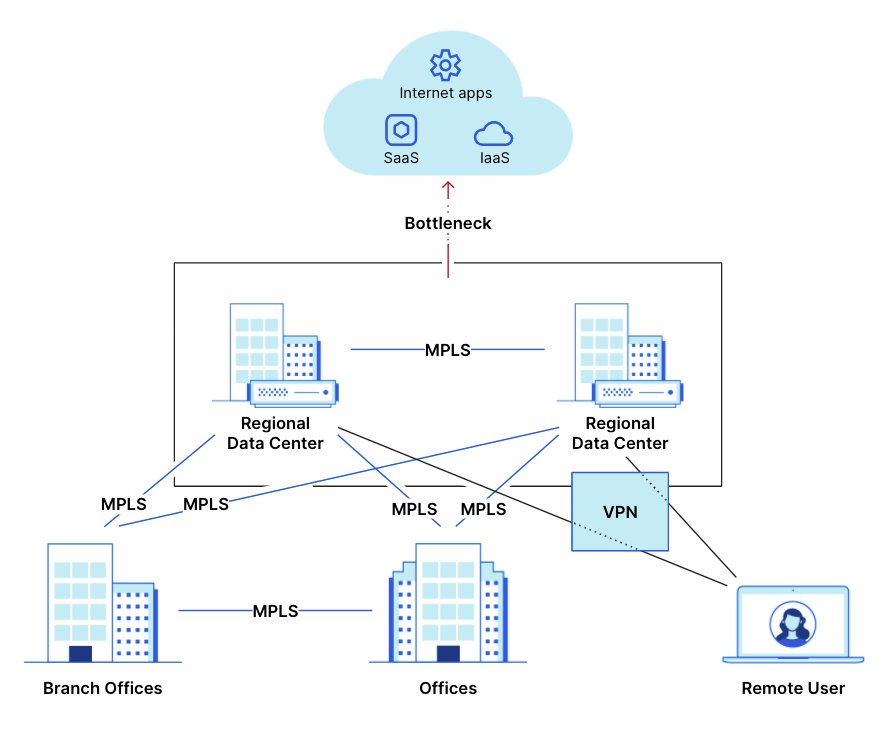
Treasure today and the present; no one knows whether tomorrow or an accident will come first.
On Kunlun Mountain at 5,000 meters elevation, seven field researchers became stranded: their off-road vehicle failed, night was falling, they had no camping gear, and they could not contact support. This incident occurred recently.
At the crisis moment, the stranded researchers encountered another field team carrying portable satellite communication equipment. The meeting on the plateau initiated a rapid rescue based on satellite phone communications. That link to the sky saved lives.
In emergencies, satellite communication is an important lifeline. In disasters such as heavy rains and floods, satellite communications played key roles in rescue operations.
Why has this technology only recently become more visible to the public? Traditional satellite terminals have been large and expensive, unsuitable for daily use. The release of the Huawei brought satellite communication into everyday awareness by enabling satellite calls from a smartphone, although the costs are higher than ordinary mobile service.
So do individual users need direct-to-satellite phone capability? How was the smartphone direct connection to the Tiantong satellite system implemented?
Why connect phones directly to satellites?
Direct phone-to-satellite connectivity has long been an appealing idea because it could give every phone emergency communication capabilities.
“The idea of phones directly connecting to satellites was not impulsive; it involved thoughtful design and practical validation.” Li Yihuan, deputy general manager of China Telecom Satellite Communications Co., Ltd., said at a recent satellite applications conference. He noted past disasters such as the Gansu Baiyin trail running incident and the heavy rains in Zhengzhou, which caused ground networks to fail or become unstable. In those situations, direct phone-to-satellite links proved important and useful.
“We once used the Tiantong satellite to assist Zhengzhou People’s Hospital, enabling the hospital director to contact the outside and ensuring the safety of patients in ICUs. Those experiences showed that phone-to-satellite connectivity is not only a technological innovation but also a social responsibility,” Li said.
In recent years, China has been developing an integrated terrestrial-satellite communication network with cloud-network convergence. China operates the Tiantong satellite system, which enabled Mate 60’s direct satellite calling.
Timeline for the Tiantong system:
2008: The Wenchuan earthquake highlighted shortcomings in emergency communications, prompting the decision to build an independent satellite mobile communication system.
2010: Development of the Tiantong-1 satellite mobile communication system officially began.
2011: The system received formal project approval.
2016: Tiantong-1 01 satellite was launched into orbit on August 6, 2016.
2020: Tiantong-1 02 satellite was launched on November 12, 2020.
2021: Tiantong-1 03 satellite was launched on January 20, 2021.
Capabilities of Tiantong-1 01: Handheld satellite phones can call any fixed or mobile ground telephone; data rates of 1.2 kbps, 2.4 kbps, and 4.0 kbps; short messages interoperate with public mobile networks; data transfer/internet access/video return rates range from 9.6 kbps to 384 kbps.
Tiantong-1 02 and 03 inherit the technical baseline of 01 and were optimized based on operating experience. With these three satellites in orbit, the Tiantong-1 system provides Asia-Pacific region coverage.
These three satellites supported the Mate 60’s calling functionality.
“Phone-to-satellite connectivity is an ambitious innovation and an ongoing exploration,” said Chen Mingzhang, chief designer of the Tiantong-1 mobile communication satellite. Today, phone-to-satellite links have become a representative example of integrated terrestrial-satellite mobile communication.
What technical approaches enable phones to connect directly to satellites?
China uses the Tiantong satellites to provide connectivity. How does Elon Musk’s Starlink provide satellite communication? There are three main technical routes for phone-to-satellite services.
Route 1: Dual-mode terminals
Use established satellite mobile communication system technologies and miniaturize components through chip shrink, RF antenna optimization, and other techniques to add traditional satellite terminal functionality into phones, making the device a dual-mode terminal for both terrestrial and satellite mobile communication. New users must replace their phones.
Dual-mode terminal deployment requires work on both ends. The terminal side needs chip miniaturization, RF antenna optimization, and structural adaptation; the network side requires source coding optimization, air-interface transmission optimization, adaptive rate control, and resource scheduling improvements.
Examples: Tiantong, Beidou-based services, Globalstar, Iridium.
Route 2: Base station in space (supporting existing phones)
Satellite operators partner with terrestrial carriers to reuse existing 4G/5G mobile frequency bands and place base stations several hundred kilometers above the ground to enable existing phones to connect directly to satellites. Users do not need to change phones.
The key technical challenge is large-area phased array antennas. Antenna gain must be increased to satisfy link budgets for legacy terminals, and beamforming must be compatible with terrestrial mobile networks. Doppler shift and latency compensation also need to be addressed.
Examples: Starlink, BlueBird, Lynk Tower.
Route 3: 3GPP NTN (Non-Terrestrial Networks)
This route can be subdivided. One approach uses transparent bent-pipe channels of existing satellite mobile systems and upgrades protocols to 3GPP NR NTN or IoT NTN, requiring users to replace devices and presenting significant challenges in frequency compatibility and coordination. Another approach adopts an end-to-end design based on 5G NTN and its evolutions to support direct phone-to-satellite services with a space-ground integrated architecture. Phones would access future 3GPP-compliant 5G/6G networks, potentially incompatible with current satellite systems. This method reuses spectrum assigned to both satellite and terrestrial mobile services.
Examples: maritime satellites, Omnispace.
Why did U.S. operators choose the base-station-in-space route?
Elon Musk said that soon people would be able to connect to Starlink from their phones without changing phones, only needing a small box like a Wi-Fi router. This indicates that Starlink adopts the base-station-in-space approach.
Why have U.S. operators focused on satellite communication and why did Musk choose the base-station-in-space route?
Commercial environments in countries such as the U.S., Canada, and Australia favor satellite networks as a supplement to terrestrial coverage. Private telecom companies dominate these markets, so in low-density areas terrestrial mobile coverage is often weak.
Regulatory policies in the U.S. also support space-based supplementation. In April 2023, the FCC proposed rules on “A Single Network Future: Space Supplemental Coverage,” aiming to create a new regulatory framework that promotes satellite and terrestrial network integration. Satellite operators working with terrestrial providers could obtain FCC authorization to flexibly apply spectrum allocated for terrestrial services to satellite use, extending coverage in remote and underserved areas and improving emergency communications availability.
The viability of the legacy-device access route depends on strong commercial launch capacity, low launch costs, and robust capability to develop satellite payloads and complete satellites. That industrial foundation underpins ambitious plans like those from SpaceX.
Direct phone-to-satellite connectivity is now an emerging communication method, but wider adoption faces challenges.
Because satellite capacity is limited, large-scale adoption must address excessive concurrency, preventing system overload during disasters when many users attempt emergency calls simultaneously.
Future development of phone-to-satellite technology and applications will require close coordination across the industry chain. Satellite manufacturers, communication operators, handset vendors, equipment developers, and chipmakers must collaborate to define application requirements and technical directions. Technical validation should be accelerated for subsequent deployments, and regulators should advance standardization and spectrum rules optimization.
 ALLPCB
ALLPCB


